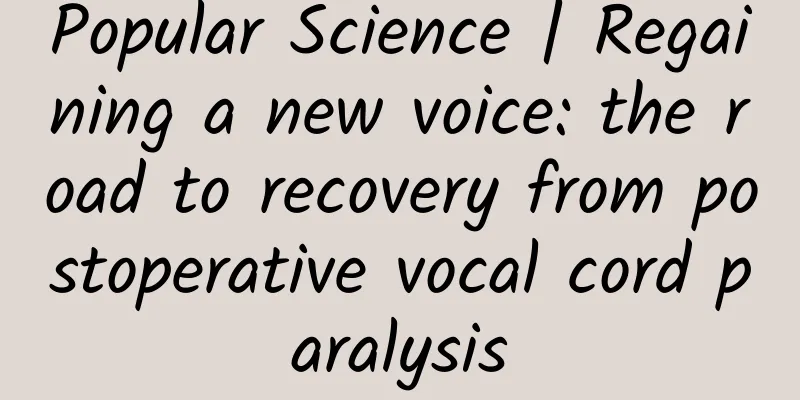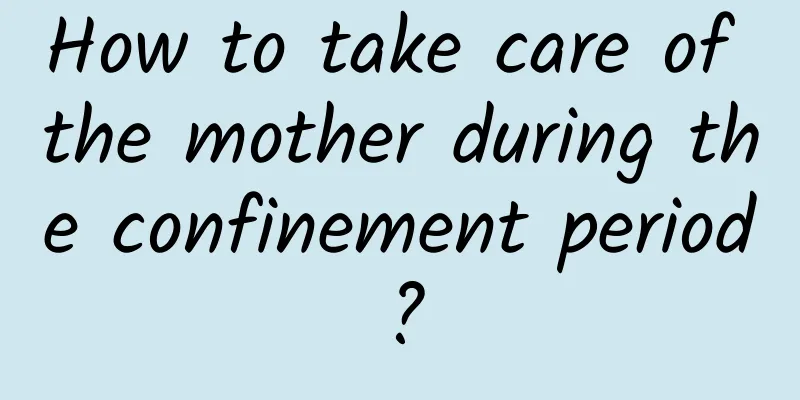Popular Science | Regaining a new voice: the road to recovery from postoperative vocal cord paralysis

|
Ms. Sun, a patient, had surgery for a malignant thyroid tumor three months ago. After the surgery, she found that her voice became hoarse and she had difficulty speaking. After the doctor's examination, she was diagnosed with postoperative unilateral vocal cord paralysis . After the surgery, Ms. Sun found that her voice became hoarse, she had difficulty speaking, and her volume was extremely low, which caused great trouble to her life and work. Ms. Sun felt very anxious and worried that her voice could not be restored, affecting her work and life. At the doctor's suggestion, Ms. Sun started rehabilitation treatment. During the initial assessment, the voice therapist conducted a detailed assessment of the patient, including the movement of the vocal cords, the quality of the voice, etc. According to the assessment results (see Figure 1), the patient's respiratory support was insufficient, the volume was low, and there was severe hoarseness, roughness, and breathiness. Due to incomplete glottal closure, the breathiness was particularly severe, and the speech intelligibility was low. Figure 1 Voice assessment results Ms. Sun received five voice training sessions in total. She usually practiced at home twice a day according to the training requirements. The therapist developed a personalized treatment plan for her laryngeal muscle tension, voice compensation, glottis incomplete closure, and psychological problems. It included abdominal breathing training, glottis closure training, vocal cord relaxation training, etc. 1) Speech breathing training Breathing is the basis of voice production. Under the guidance of a voice therapist, the patient performed physiological abdominal breathing training, from supine position to lateral position, and then to sitting and standing position training, step by step. The patient was also asked to train at home by blowing balloons, candles, etc. 2) Vocal cord closure training Patients with vocal cord paralysis generally have the problem of incomplete glottal closure. The voice therapist strengthened Ms. Sun's vocal cord closure through various voice training methods such as pushing against the wall and swinging arms backwards, and supplemented it with vocal cord relaxation training and vocal cord massage. During the training, Ms. Sun said that the swinging arms backwards method does not require auxiliary equipment and can be trained anytime and anywhere, which is very efficient. 3) Vocal cord relaxation training Vocal cord relaxation training should be supplemented with vocal cord closure training to avoid vocal cord damage. The therapist asked Ms. Sun to practice semi-blocked voice training and enhance the loudness and clarity of the voice through resonance training to improve the quality of pronunciation. During the training, Ms. Sun learned how to use airflow more effectively to produce sound and reduce excessive force on the vocal cords. Before and after voice training, the therapist used acoustic analysis software to let Ms. Sun monitor her voice in real time, which allowed her to observe the training effects and enhance her confidence and motivation (Figure 2). Figure 2 Real-time monitoring of voice during training Last evaluation After one month of treatment and training, Ms. Sun's voice has improved significantly. Laryngoscopy showed that her glottal closure was better than before, and her bad vocal habits were corrected. Acoustic analysis showed that Ms. Sun's longest sound time (MPT), maximum counting ability (cMCA), amplitude perturbation (Shimmer), fundamental frequency perturbation (Jitter), glottal noise energy (NNE) and other data have improved significantly. Subjectively, Ms. Sun's voice troubles have also been alleviated a lot (Table 1). Although Ms. Sun's pronunciation still has a slight breath sound and still has difficulty in pronouncing high notes, there is no problem in daily communication. She is no longer troubled by voice problems, and Ms. Sun's work and life have regained their brilliance. Table 1 Data changes before and after training ENDAuthor : Wang Zhe Unit: Shanghai Sixth People's Hospital Reviewer: Ma Yanhong, Chief Physician, Director of the Rehabilitation Medicine Department of Shanghai Sixth People's Hospital, Vice Chairman of the Rehabilitation Therapy Professional Committee of the Chinese Rehabilitation Medicine Association Editor: Jia Jing (Xinhua Hospital Affiliated to Shanghai Jiao Tong University School of Medicine) |
>>: What is the function of coenzyme Q10 and who needs to supplement it?
Recommend
Does dyeing your hair affect pregnancy?
Many women like to dye their hair because dyeing ...
Does blood test change after pregnancy?
The body will undergo many changes during pregnan...
What should I do if my breasts become red, swollen, and have lumps during lactation?
Women's breasts are very sensitive areas and ...
Old folk remedy for menstrual bleeding
Irregular menstruation is likely to happen to man...
Will the fetus move during contractions?
When pregnant women are about to give birth, they...
Side effects of drinking protein powder for women
We all know that protein is an indispensable elem...
What medicine should I take for poor sleep during menopause?
Women who have poor sleep quality during menopaus...
How long does it take to get your period when taking progesterone?
Many friends know that women only need to inject ...
How to make Yuanyang milk tea taste good? What are the hazards of drinking Yuanyang milk tea for a long time?
Many people like to drink Yuanyang milk tea. When...
Pregnancy sex positions video
For women who are in the basic pregnancy preparat...
How to solve constipation during breastfeeding?
Mothers who have just given birth and are in the ...
These 5 types of chest pain are not myocardial ischemia! Chest pain caused by myocardial ischemia is like this pain
ask Why do doctors always say that 90% of myocard...
How to pack perfume into small bottles? Does perfume expire?
Perfume is one of the important cosmetics and is ...









